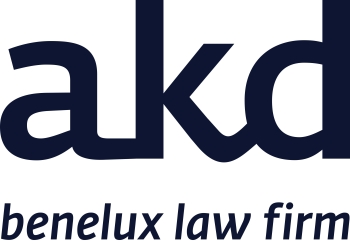The European Court of Justice (ECJ) recently rendered its decision in GS Media v Sanoma (C-160/15). In this case, the ECJ investigated whether and under which circumstances hyperlinking to infringing content constitutes copyright infringement.
In 2011, and after several announcements, GeenStijl (GS Media) published an article on its Dutch news website containing a hyperlink to leaked naked pictures of Dutch celebrity Britt Dekker, which were up for publication by Playboy (Sanoma). By clicking on the hyperlink, a visitor to the Dutch site was redirected to an Australian file-sharing service website (filefactory.com) containing a zip file with the unauthorised pictures. GS Media refused to remove the hyperlink and published two new articles with new hyperlinks to the pictures.
The Dutch first-instance court ruled that the hyperlinking by GS Media constituted copyright infringement. The court found it relevant that:
- the pictures could not be easily found online before the GS Media hyperlinks; and
- GS Media benefitted commercially from placing the links.
On appeal the court set aside this decision and ruled that the hyperlinking did not qualify as copyright infringement because it was the Australian website and not GS Media itself that published the pictures. However, the appeal court ruled that the hyperlinking constituted an unlawful act against Sanoma because it tempted GS Media visitors to watch infringing content. The Dutch Supreme Court referred the preliminary question to the ECJ, which held that the circumstances of the placement of a hyperlink to infringing content on a website qualifies as communication to the public according to Article 3(1) of EU Directive 2001/29 (the InfoSoc Directive) and therefore constitutes copyright infringement.
In April 2016 Advocate General Melchior Wathelet made clear in his opinion that posting hyperlinks on a website to works freely accessible on another website can never be considered copyright infringement because hyperlinks do not make these works available, but merely facilitate the finding of the works. This opinion contradicted previous ECJ case law about linking (Bestwater and Svensson), in which the ECJ concluded that linking to protected works must be considered to make works available.
The ECJ concluded that hyperlinking to protected works which are freely available on another website without the consent of the copyright holder may be regarded as communication to the public and thus constitute copyright infringement. The ECJ considered that hyperlinking to infringing works constitutes infringement on the condition that the hyperlinker knew or ought to have known the illegal nature of the publication of those works on another website. In the event that hyperlinks are provided with the intention of financial gain, those individuals providing the links will be liable (knowledge of illegal nature is presumed), unless they can prove that they did not know and could not have known that the content was infringing.
In the Dutch case it was undisputed that Sanoma had not authorised the publication of the Playboy pictures and that GS Media had provided the hyperlinks for profit and knew that the pictures had been published without Playboy's permission. Based on the ECJ decision, the use of the hyperlinks qualifies as clear copyright infringement.
The test used by the ECJ in order to establish whether linking to infringing content qualifies as copyright infringement is subjective and open to interpretation. For example, it is unclear under which circumstances a hyperlinker ought to know the illegal nature of a publication that he or she is linking to.
As a result of the ECJ's decision, copyright holders are better protected and hyperlinkers take bigger risks of committing copyright infringement – especially commercial hyperlinkers, which are obliged to thoroughly investigate the type of content that they link to in order to prove that they did not know or could not have known that the content was infringing. Following the judgment, it becomes even more relevant for copyright holders to inform hyperlinkers of the infringing nature of the work that they link to. This will ensure that hyperlinkers can no longer prove that they were unaware of the infringing nature of the works involved.
For further information on this topic please contact Eliëtte Vaal at AKD by telephone (+31 88 253 50 00) or email ([email protected]). The AKD website can be accessed at www.akd.nl.
This article was first published by the International Law Office, a premium online legal update service for major companies and law firms worldwide. Register for a free subscription.



